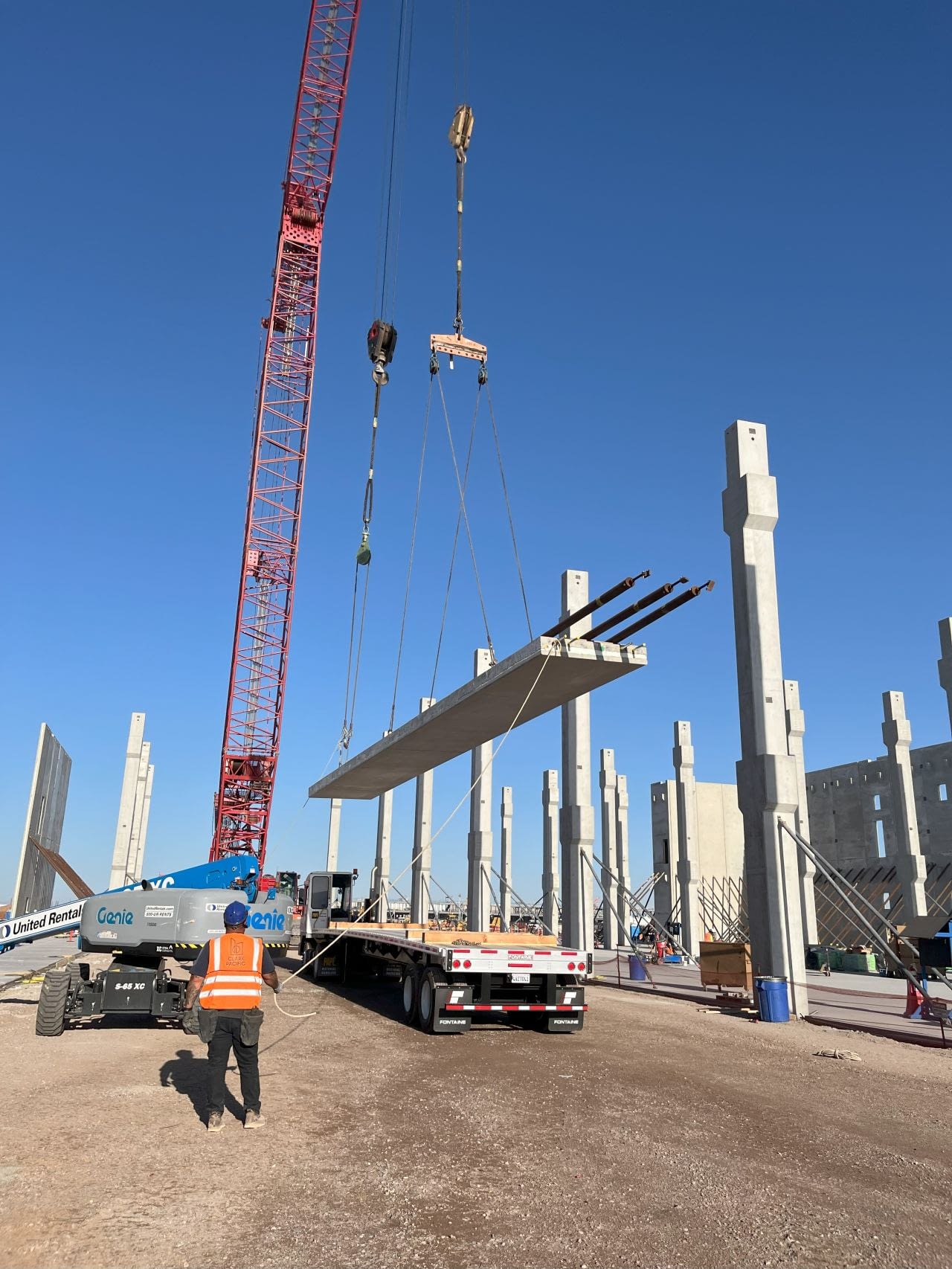Today’s buildings must be built to last longer, operate efficiently, and minimize harm to the environment. And the building envelope, the first line of defense against the elements, is front and center. That makes designing for it, an already difficult task, even more challenging. An FMI survey [1] found that architects rate it as the hardest part of the structure to design.
To help industry stakeholders brace for these new challenges, The Facade Consortium (made up of experts from Clark Pacific and Wells Concrete) partnered with FMI to understand the future trends impacting facades. We combined industry research, interviews with stakeholders, and market observations to uncover the evolving demands placed on the building envelope and solutions that can potentially address them. Here are some of the findings.
Challenge #1: Energy costs are rising
The study revealed that energy is top of mind for construction stakeholders. For owners and occupants, it’s all about costs:
- Gasoline and diesel prices are expected to rise this year, increasing the cost of operating heavy equipment and further straining construction budgets which are stretched thin by rising materials costs.
- Energy expenses account for one-third of the typical operating budget of an office building.
- At the same time, energy usage for air conditioning is expected to rise faster than any other use.
Planning and constructing a well-sealed building envelope is a vital element of reducing that burden. Owners noted that seals and joints were common areas of failure, meaning that it’s more important than ever to use materials that interact well and join together easily.
Challenge # 2: Extreme weather events are increasing
Increasingly extreme weather conditions also call for more resilient facades. Climate experts predict more extreme temperatures, heavier precipitation in the winter, and drier conditions in the summer will become more prevalent. Intense storms, with strong winds and flooding rain, are expected to become more common as well. All of this only puts more pressure on the building envelope. To prevent failures and premature aging, materials must be carefully selected to withstand the specific extreme weather conditions of the region where the building is located.
Challenge # 3: Stronger building codes are raising the bar on sustainability
In recent years, building codes have become increasingly focused on sustainability. From daylighting to air barrier requirements, every stakeholder involved in the construction process has a role to play in driving energy efficiency. Looking ahead to the future, they’ll also need to consider the broader environmental impact of the construction process.
In our survey, many stakeholders expressed concern about meeting embodied carbon requirements for construction materials. California already requires contractors to report embodied emissions when bidding on infrastructure projects. It’s safe to assume that, over time, embodied carbon considerations will apply to a broader range of projects and become codified at the federal, state, and local levels. The challenge further drives home the importance of identifying durable, sustainable materials.
Integrated solutions solve multi-faceted challenges
To meet the sustainability, cost, and regulatory challenges that lie ahead, stakeholders need to embrace a multi-pronged approach. It’s no surprise that building envelope consultants are becoming more influential in informing decisions on facade material selection and construction. They specialize in understanding how each layer works together, along with the other elements of the structure.
Along those same lines, prefabricated facades can incorporate multiple building elements to streamline the design and construction process. With the prefabrication process, considerations for sustainability, costs, and regulatory requirements are all made at the beginning of the process. The right prefabrication partner will take responsibility for meeting code requirements, freeing up the architect to focus on design. And with prefabrication offering greater design flexibility than ever, architects have the opportunity to flex their creative muscles and meet owner requirements.
To learn more about how prefabrication helps you address the new challenges with the building envelope, keep up with the latest webinars and other resources from Clark Pacific.
[1] 2016 FMI Corporation Survey



